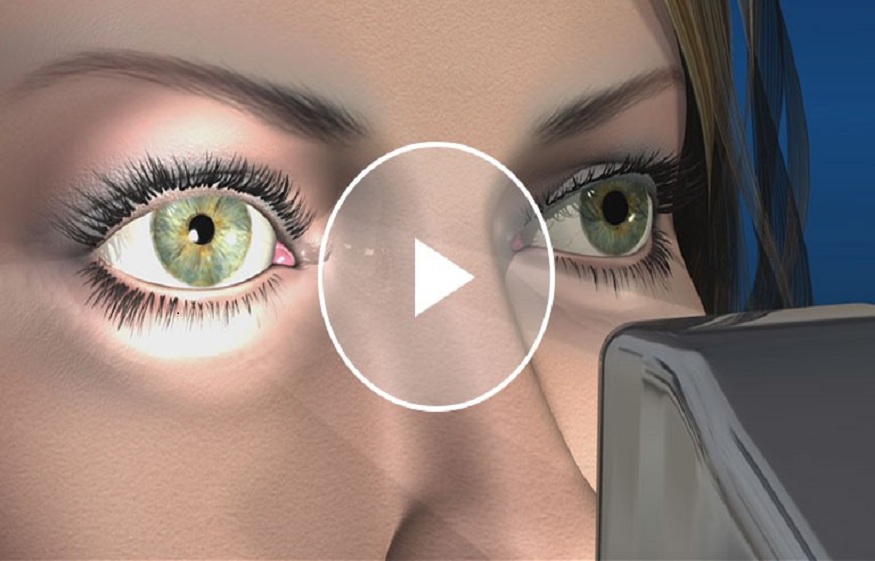In the ever-evolving field of neurological diagnostics, pupil assessment has long been a critical component of the neuro exam. Historically, pupil size and reactivity have provided essential insights into a patient’s neurological status. With advancements in technology, the tools and methods used to assess the pupil have become more sophisticated, enhancing the accuracy and reliability of these assessments. This blog will explore the latest innovations in pupil assessment tools and technologies, with a focus on pupilometers, the percent change in pupil size, and the Neurological Pupil index (NPi).
The Importance of Pupil Assessment in Neurological Examinations
Pupil assessment is a fundamental part of a comprehensive neuro exam. It involves evaluating the size, shape, and reactivity of the pupils to light. Changes in these parameters can indicate a range of neurological conditions, from increased intracranial pressure to brainstem injury. Traditionally, pupil assessments were performed manually using a penlight, relying heavily on the clinician’s experience and observational skills. However, the introduction of advanced pupil assessment tools has brought a new level of precision to this critical diagnostic process.
Advancements in Pupil Assessment Tools
Pupilometers: Enhancing Precision and Objectivity
One of the most significant advancements in pupil assessment is the development of pupilometer. These digital devices provide an objective measurement of pupil size and reactivity, reducing the potential for human error and variability. Unlike manual methods, which can be influenced by factors such as lighting conditions and examiner fatigue, pupilometers offer consistent and reproducible results. This precision is particularly valuable in critical care settings where accurate pupil assessment is essential for monitoring patients with severe neurological conditions.
Pupilometers work by emitting a controlled light stimulus and measuring the pupil’s response with high-speed cameras. The data collected is then analyzed to determine parameters such as latency, velocity, and amplitude of the pupil’s response. These metrics provide a more detailed understanding of the neurological function and can be used to detect subtle changes that might be missed with traditional methods.
Measuring Percent Change in Pupil Size
A Deeper Insight into Neurological Function
The percent change in pupil size is another critical parameter that has gained attention in recent years. This metric refers to the difference in pupil size before and after exposure to light, expressed as a percentage. By quantifying this change, clinicians can gain deeper insights into the autonomic nervous system’s function, particularly the balance between the sympathetic and parasympathetic responses.
In patients with neurological disorders, abnormal percent changes in pupil size can be indicative of underlying issues such as traumatic brain injury or autonomic dysfunction. For example, a reduced percent change in pupil size may suggest a decreased parasympathetic response, which could be associated with increased intracranial pressure or brainstem compression. Conversely, an exaggerated response might indicate hyperactivity of the sympathetic nervous system.
The ability to measure the percent change in pupil size accurately is another advantage of using modern pupilometers. These neurological tools can capture minute changes in pupil diameter, providing clinicians with a reliable tool for assessing the severity and progression of neurological conditions.
The Neurological Pupil index (NPi)
Standardizing Pupil Assessment for Better Clinical Decision-Making
Another noteworthy innovation in pupil assessment is the development of the Neurological Pupil index (NPi). The NPi is a standardized score that quantifies the pupil’s response to light on a scale from 0 to 5, with 5 representing a normal response. This score is generated based on a combination of factors, including pupil size, reactivity, and the speed of the pupillary response.
The NPi has been instrumental in standardizing pupil assessment across different clinical settings. It allows for a more objective comparison of pupil reactivity over time and between patients. In critical care environments, the NPi can serve as an early warning indicator, helping clinicians identify patients who may be at risk of neurological deterioration.
The NPi also facilitates communication among healthcare providers, enabling them to make more informed decisions based on a consistent and universally understood metric. This is particularly important in multi-disciplinary teams where quick and accurate assessments are vital for patient care.
Conclusion
The field of pupil assessment has seen significant advancements in recent years, with the introduction of technologies such as pupilometers and the development of standardized metrics like the percent change in pupil size and the Neurological Pupil index (NPi). These innovations have enhanced the accuracy and reliability of pupil assessments, making them invaluable tools in neurological diagnostics.

